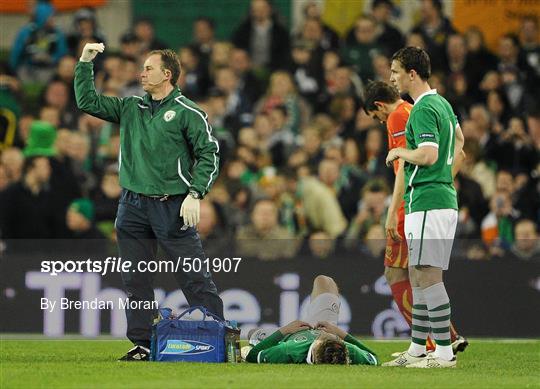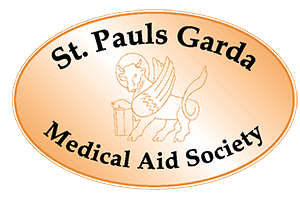
Category: Blog

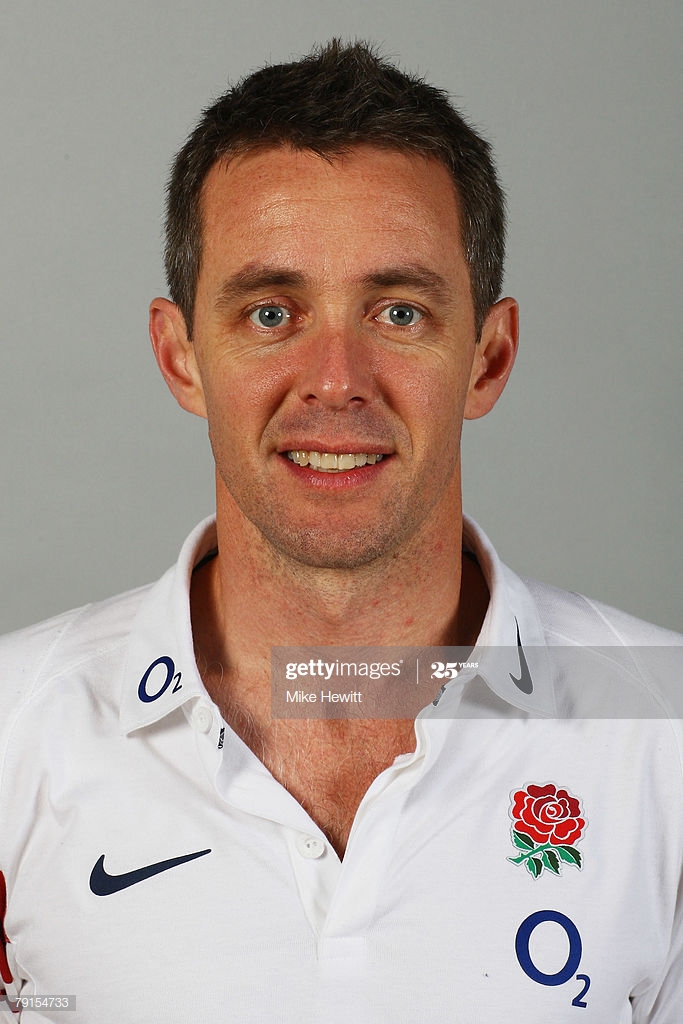
The role of functional movement in ACL injury prevention with Mike Snelling, Physiotherapist at Geelong Football Club Australia.
Young athletes and amateur sportspeople are not training the same way as they did 30 years ago and as a result kids functional movement, actions based on real-life situational biomechanics, are poor, leading to more ACL injuries.
Teaching and coaching proper talents is key to this. Snelling believes that coaches and trainers have moved away from raw coaching and need to get back to basics. It is about addressing certain areas and learning how people learn to move.
Some people use vision, while others use feeling. Depending on the situation coaches can help kids and athletes learn through visual feedback or a more hands-on approach.
Modern technology can play its part too. These days almost everyone has access to video, whether is it through smart-phones, iPads or other devices. These can be used to tape amateur and sub-elite sportspeople and allow feedback to be given very quickly.
As well as focusing on prevention, autogenic muscle inhibition, where the receptors in the knee have been damaged, is another key component in the battle against ACL injuries. This inhibition causes a change in the pathway back to the brain leading to a quadriceps weakness. This “weakness” can be present in the knee for up to 2/3 or 4 years while others often never get it back.
Voluntary exercise can help in this instance however neuromuscular exercises can also aid with the recovery to make sure that when the sportsperson is ready to return to the field of play their strength is back.
Research is key to the prevention of ACL injuries. For instance, studies have shown that dancers and ice skater have low incidents of ACL injuries. This is due to a lack of unanticipated movements, everything is pre-planned and choreographed.
However, in the various codes of football, there are a lot of unanticipated movements. The only way you can protect and prevent is by exposing the player to as many of those movements as possible and that feeds into the situation where for an unanticipated they have the right foot placement to minimise injury.
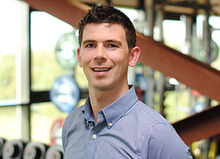
Enda King, Head of Performance Rehabilitation at SSC, discusses the Components of ACL Rehabilitation.
Anatomy, posture, static vector alignment, motor patterns and motor neuron control all play a part in determining the rehabilitation, while on top of that the team also look at the strength, power and the rate of force development, a secondary measure for return-to-sport decisions after anterior cruciate ligament reconstruction.
Starting with single plan movement patterns, hoping and landing, before progressing those in terms of the depth of the jump and the power of the landing.
The performance enhancement is aimed at not only restoring them to optimal biomechanical performance ensuring that their rehabilitation and prevention measures include the ability to move at high speed, take high challenges and manage multi-directional movements. It’s about re-educating those movement patterns before letting the athlete back to play
According to King, initial data gathered from athletes shows variability no degree of predictability from the time of surgery to a return to action further reinforcing the belief timeline lead progression through ACL rehabilitation is flawed and the need for individual programmes for athletes.
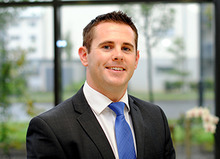
Patellar Tendinopathy by Dr Ciaran Cosgrave
 Patellar tendinopathy is a condition we see commonly in clinic and can cause athletes from many sports a lot of discomfort and frustration. The Patellar tendon runs from the patella (kneecap) to the tibia (shin) and transmits the force from the quadriceps muscle to the lower leg to allow you to straighten your leg against resistance.
Patellar tendinopathy is a condition we see commonly in clinic and can cause athletes from many sports a lot of discomfort and frustration. The Patellar tendon runs from the patella (kneecap) to the tibia (shin) and transmits the force from the quadriceps muscle to the lower leg to allow you to straighten your leg against resistance.
Tendinopathy arises when a tendon is repeatedly loaded with inadequate rest and recovery between loading episodes. This leads to disorganisation of tendon cells and an increase in tendon fluid, blood vessels and nerves. Activities such as landing from a jump and decelerating put increased force through the patellar tendon which is why patellar tendinopathy is more common in sports such as football, basketball and volleyball.
Athletes with patellar tendinopathy usually describe pain in the front of the knee during and after activity. They can often pinpoint the tender area just under the patella. Initially, symptoms are mild and the athlete will often try to play on for several weeks or months until they seek medical attention.
The treatment for patellar tendinopathy requires a multi-faceted approach.
- Reduce the load – This is a load issue so you must reduce the daily load on the tendon. This can be done by reducing the frequency, duration and intensity of training and competition. Depending on the time of the season it may be necessary for you to continue playing, but you must realise that this reduces the chance of a successful outcome and will increase the time to full recovery.
- Address the biomechanics – The load through the tendon can also be reduced by addressing your biomechanics (the way you move). Many of the patients we see with patellar tendinopathy have a very quadriceps-dominant running and squatting pattern which puts a lot of unnecessary force through the patellar tendon. Changing this pattern to a more glute-dominant movement, focussing on single-leg control exercises and strengthening your posterior chain will help spread the load more globally, significantly off-load the patellar tendon, improve recovery and prevent a recurrence.
- Strengthen the tendon – Tendons respond in a positive manner to controlled load with appropriate recovery. All patellar tendon treatment plans should include a programme of isometric and eccentric tendon loading through exercises such as box-squats. This gradually progressive controlled loading stimulates the tendon to repair and heal.
- Medical therapies – There are also a few medical therapies that have proven effective in speeding up recovery from patellar tendinopathy. After the clinical assessment, we will often arrange an MRI scan to confirm the suspected diagnosis and also to assess the condition of the tendon.
PRP injection – When a tear is present in the patellar tendon we recommend a Platelet Rich Plasma (PRP) injection. Platelets are the cells in your blood that contain the growth factors and are therefore involved in the healing of all tissue. For a PRP injection, we take a 10ml sample of blood from a vein in your arm, spin it in a centrifuge to separate the cells and isolate the platelets. Approximately 3mls of Platelet Rich Plasma is injected into and around the tear within the patellar tendon. The addition of these growth factors promotes tendon healing and enhances recovery.
ESWT – If the MRI shows patellar tendinopathy but no tear in the tendon we recommend Extracorporeal Shockwave Therapy (ESWT). ESWT transmits shockwaves into the injured tendon which stimulates the release of growth factors leading to increased tendon healing. It also breaks down any calcification which has developed in the tendon.
- Surgery – Most surgeons would agree that surgery should only be considered as a last resort treatment for patellar tendinopathy. The vast majority of cases can be successfully treated by addressing the points outlined above and only a very small percentage of our patients require surgery.
- The changes in the tendon seen in patellar tendinopathy have been developing long before you felt symptoms – possibly even months before. It, therefore, requires time, patience and hard work to reverse these changes. This process can take several months.
- Continuing to participate and play in your sport will continue to aggravate the tendon. This will prolong recovery and reduce the chance of a successful outcome.
- Steroid has been shown to be ineffective in the long term treatment of tendinopathy. Any benefit tends to be temporary and potentially detrimental to the tendon and therefore should not be considered as a viable treatment option.
- The treatment of patellar tendinopathy is multi-faceted. Neglecting one or more of these facets reduces the chances of successful resolution of your symptoms.
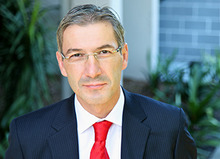
The ACL Injury – A Surgeon’s Perspective
HOW DO WE TEAR THE ACL?
The ACL is commonly injured whilst playing ball sports or skiing. Whilst playing ball sports upon attempting a pivot, sidestep or landing from a jump, the knee gives way. The foot is planted on the ground and the rest of the body rotates about the knee creating the force required to snap the cruciate ligament. When rupturing the ACL patients frequently hear or feel a snap, a pop or a crack accompanied by pain. They fall to the ground, stop playing and come off the pitch. Swelling commonly occurs within the hour. Frequently pain is felt on the outer aspect of the knee. Occasionally the medial ligament of the knee joint (MCL) may also be disrupted resulting in severe pain and swelling at the medial aspect of the knee.
HOW DO WE DIAGNOSE AN ACL RUPTURE?
The majority of the ACL ruptures can be diagnosed by:
- Taking the relevant history from the patient.
This is the classical story that is given by the typical patient: “I twisted my knee with my foot on the ground or landed after a jump. I fell to the ground and felt the knee giving way. I felt a crack/pop or snap inside the knee with intense pain. I couldn’t play on. My knee swelled up ’like a balloon’ immediately. When pain eventually settled I found it hard to bend my knee. Since then my knee gives way and I don’t fully trust it”
When hearing a similar story we should treat this as an ACL tear until proven otherwise.
- Doing a clinical examination of the knee.
Taking as history as outlined above is often sufficient to raise the suspicion of an ACL injury.
WHAT IMAGING IS REQUIRED WHEN SUSPECTING AN ACL TEAR?
When we suspect an ACL injury we should request an X-ray (Both AP and Lateral) and an MRI of the affected knee. The X-ray will show if there are any fractures caused by the injury involving the knee. The MRI will outline the anatomy of the ligaments, menisci and chondral surfaces. It will diagnose the ruptured ACL and the associated injuries when present.
WHAT IS THE BEST ADVICE TO SOMEONE WITH AN ACL TEAR?
When suspecting or dealing with a confirmed ACL injury we should refer the patient for further evaluation and treatment to an Orthopaedic Surgeon with an interest and sub-specialised training (Fellowship) in Sports Knee surgery.
SHOULD EVERYBODY WITH AND ACL TEAR HAVE SURGERY?
No, not all patients with ACL rupture should have surgery. The patients, along with their Orthopaedic Surgeon, should decide during the consultation what is the best treatment for them.
Those patients who wish to pursue competitive ball sports, or who are involved in an occupation that demands a stable knee are at risk of repeated injury resulting in tears to the menisci, damage to the articular surface leading to degenerative arthritis and further disability. In these patients, surgical reconstruction is recommended. Surgery is best carried out on a pain free, healthy joint with a full range of motion. This is achieved with a pre-habilitation program supervised by a Physiotherapist.
MY SURGICAL TREATMENT FOR PATIENTS WITH ACL TEAR?
| Read more from Mr Mihai Vioreanu at www.mrmv.ie |
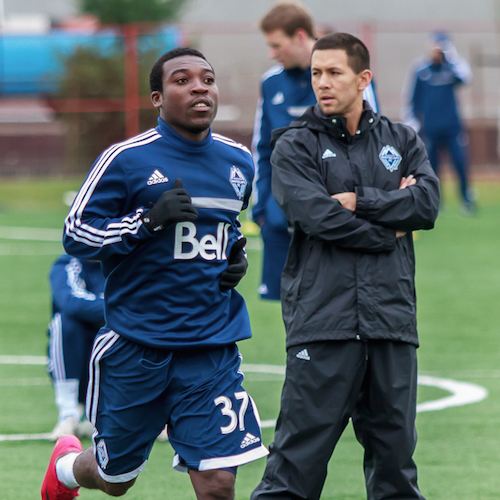
Mike Young, Strength & Conditioning Coach at Vancouver Whitecaps on how to make footballers faster & stronger
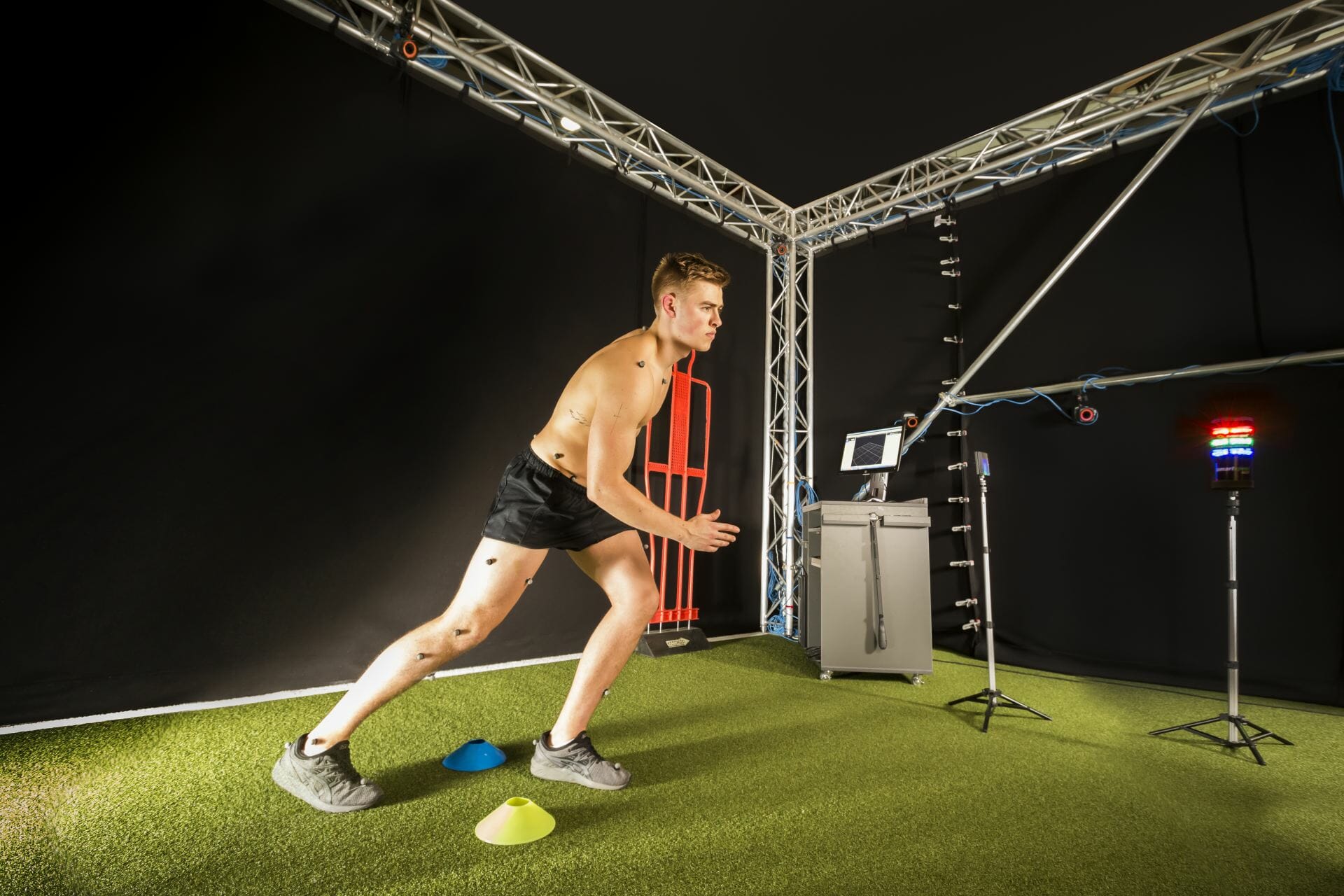
Groin Injuries – Facts and figures
Groin Pull/Strain – Facts and Figures
- Both the Belgian Captain Vincent Kompany & English captain Steven Gerard were managing chronic groin injuries during their World Cup campaign
- Alex Oxlade-Chamberlain missed much of the 2013/14 season with Athletic Groin pain.
- A number of Premier League Clubs lost players to athletic groin pain for 16 weeks or more, potentially costing them over 2 million in wages.
- Previous acute injury has significant risk factors for future injury in soccer players.
- Six premier league clubs already had a player missing with groin pain on opening weekend.
- Research suggests athletic groin pain linked to pelvic biomechanical overload.
Groin Strain is also known as Sportsman’s hernia, Gilmore’s groin, osteitis pubis and slapshot groin depending on which country you are in, they all describe the same problem.
What typically is the cause of a groin injury?
- Mechanical overload
- in high speed, change of direction
3D Biomechanics allows analysis of high-speed sport-specific movement
- Caleb Sturges Miami Dolphins NFL$2.3 million players is currently out with groin injury.
- Commonly a condition managed by surgery for a hernia, which few studies have shown exists, or indeed by cutting healthy tissues.
- Tom Barrass West Coast Eagles AFL player is out for the season with Groin Injury
SSC Research recently submitted to the British Journal of Sports Medicine finds rehabilitation superior to surgery.
Click here for full infographic.
| SSC Groin Rehab Programme Supports 9 weeks return to play-based, faster in residential athletes to 4 weeks |

Dr Martin Hagglund discusses the impact too many games has on players today.
